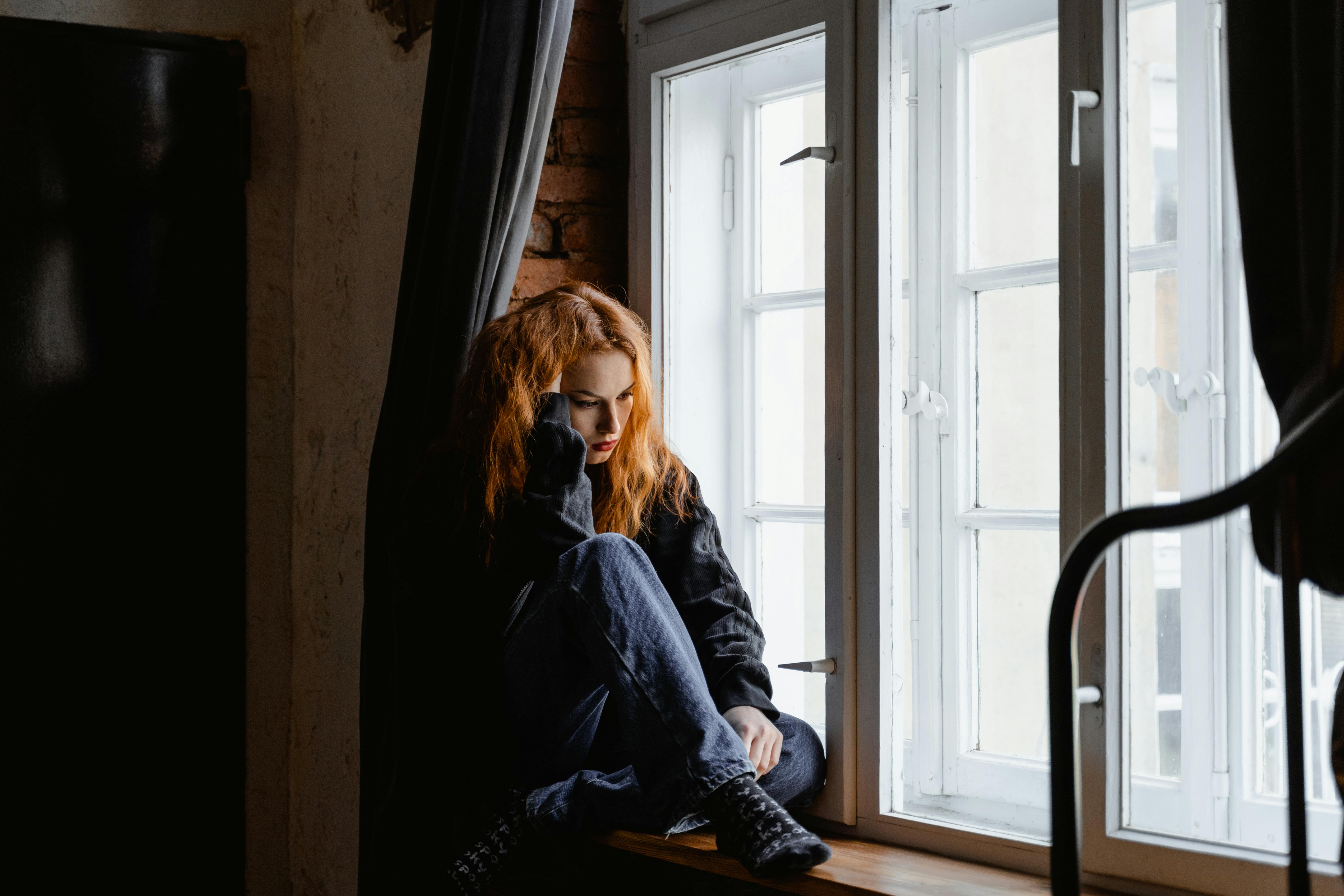We usually think of anxiety as something caused by work, relationships, or our digital overload—but what if the space you live in is a low-key stressor, too?
As we spend more time at home (especially in the post-pandemic era), the connection between our mental health and our physical environment has never been more important. The truth? The design, layout, and energy of your home could be directly impacting your mood, your focus, and even your sleep.
Let’s break it down. 🧠💭
🧺 1. Clutter = Cognitive Overload
The connection between mess and stress is real. According to a UCLA study, women who described their homes as “cluttered” had higher levels of cortisol, the body’s primary stress hormone. The more cluttered the space, the more mentally taxed we feel.
- 🌀 Constant visual stimulation (like piles of laundry, paperwork, or random “stuff”) forces your brain to constantly process more information, leading to fatigue and irritability.
- ✨ Try this: Implement the “one-touch rule” (if you touch it, deal with it), and declutter for just 10 minutes a day. Over time, it adds up to mental clarity.
💡 2. Lighting Impacts Mood, Energy, and Sleep
Lighting isn’t just about ambiance—it regulates your circadian rhythm. Poor lighting, especially a lack of natural light, has been linked to symptoms of depression and disrupted sleep.
- 📊 A 2018 study from Northwestern University found that office workers with more exposure to natural light slept 46 minutes longer each night and had better quality sleep.
- 💡 Overly cool or harsh white light can lead to eye strain and restlessness, while dim lighting during the day can leave you sluggish.
- ✨ Try this: Let in natural light where possible. In dim spaces, use warm LED bulbs and layer your lighting (task, ambient, and accent).
🌿 3. Nature Indoors = Calmer Minds
Biophilic design—integrating natural elements into indoor spaces—has been shown to reduce stress, lower blood pressure, and improve mood and cognitive performance.
- 📊 One study by the Journal of Physiological Anthropology found that interaction with indoor plants can reduce both physiological and psychological stress.
- Even looking at images of nature can calm the brain, according to research from the University of Exeter.
- ✨ Try this: Add real or faux plants, nature-inspired art, or natural textures like wood, linen, and stone.
🎨 4. Color Psychology: The Hue-Mood Connection
Color affects us on a subconscious level. While personal preference plays a role, certain tones tend to evoke consistent emotional responses across cultures:
-
🔵 Blues & Greens – calming, serene, great for bedrooms or reading nooks
-
🟡 Yellows – cheerful but overstimulating in large doses
-
🔴 Reds – energizing but can trigger anxiety in tight or overused spaces
-
⚫ Dark colors – cozy, but potentially mood-dampening in low-light areas
📊 A study in Color Research and Application found that warm colors increase arousal, while cool colors create a calming effect.
✨ Try this: Paint one wall a calming color, add a pop through art or textiles, or try peel-and-stick wallpaper to experiment without commitment.
🛋️ 5. Layout & Function: Stress Comes from Friction
When your space doesn’t “flow,” it creates subtle resistance. Think of a kitchen with no room to prep, or a workspace stuck in a high-traffic area of the house.
- 📊 According to a study from Cornell University, poor ergonomic environments can increase stress, discomfort, and reduce productivity by up to 32%.
- ✨ Try this: Rearrange furniture to support natural movement and access. If it doesn’t serve a purpose (or spark joy), it might be time to let it go.
🧘♀️ 6. Your Home = Your Mirror
Your space often reflects your internal state. Clutter, chaos, or neglect in the home can both result from and contribute to mental unrest.
- 📊 A study in Personality and Social Psychology Bulletin found that women who described their homes as “unfinished” or “cluttered” reported higher levels of fatigue and depressed mood than those who described theirs as “restful” and “restorative.”
- ✨ Try this: Make one space feel like a sanctuary—be it your bathroom, reading chair, or desk. It gives your brain a place to reset.
🧩 Final Thoughts
Your home isn’t just a container for your life—it’s a silent participant in your emotional well-being. With just a few intentional changes, you can shift your space from anxiety-inducing to emotionally nourishing.
💬 Let’s Talk:
Have you ever walked into a room and instantly felt strange —or totally calm? What’s one home change that’s noticeably improved your mental space? Drop a comment and share your thoughts—your insight might spark inspiration for someone else.
Feeling this post? Pass it on to someone who’s thinking about redecorating, resetting, or just needs a fresh perspective. 🌿🏡✨


